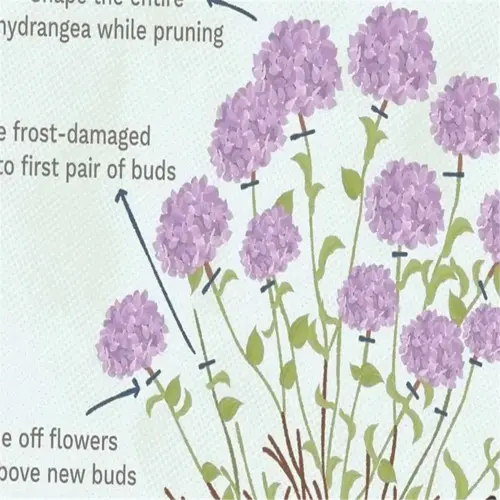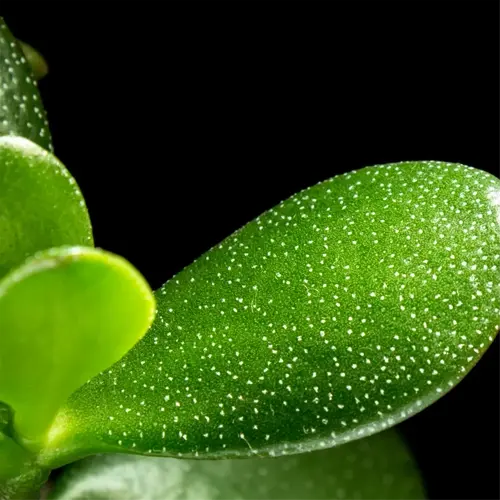What's the most cost-effective way to use worm castings?

Written by
Tina Carter
Reviewed by
Prof. Martin Thorne, Ph.D.The benefits associated with worm castings provide the best value when applied thoughtfully and purposefully. Consider areas where worm castings provide unique benefits with slow-release nutrients and an abundance of microbial life, that may provide a benefit over alternative sources. In my 3 - year trial experience I saved $300 a year by applying them for seed starters and lawn applications rather than broadcasting them as soil amendments to all my gardens.
High-Impact Uses
- Seed starters: 20% castings mix boosts germination
- Compost tea: 1 lb makes 5 gallons for foliar feeding
- Lawn renewal: Top-dress 1/4" layer seasonally
Budget Pro Tips
- Re-brew tea grounds into second batches
- Mix with free municipal compost
- Store surplus in shaded burlap sacks
Seed starters take advantage of microorganisms within castings that suppress disease. In a study conducted by Penn State, seed germination was improved by 30% when 20% of the growing media was comprised of castings compared to peat moss. My tomato seedlings required zero fungicides, which means $50 less per 100 plants, and produced stronger stems.
Community Initiatives
- Bulk-buy castings with neighbors
- Share harvests via crop swaps
- Track collective savings in shared logs
DIY Expansion
- Add 1 worm bin per 250 sq ft garden
- Use IBC totes for large-scale tea brewing
- Solar-dry castings for shelf stability
Compost tea maximizes the use of worm castings. One pound creates 5 gallons which covers 500 sq ft, I sprayed my roses every two weeks and they did not get infested with pests the entire summer. Adding molasses adds food to the microbes; try straining the tea through a paint bag so you don't clog your spray nozzle.
Read the full article: 10 Worm Castings Benefits You Need to Know

